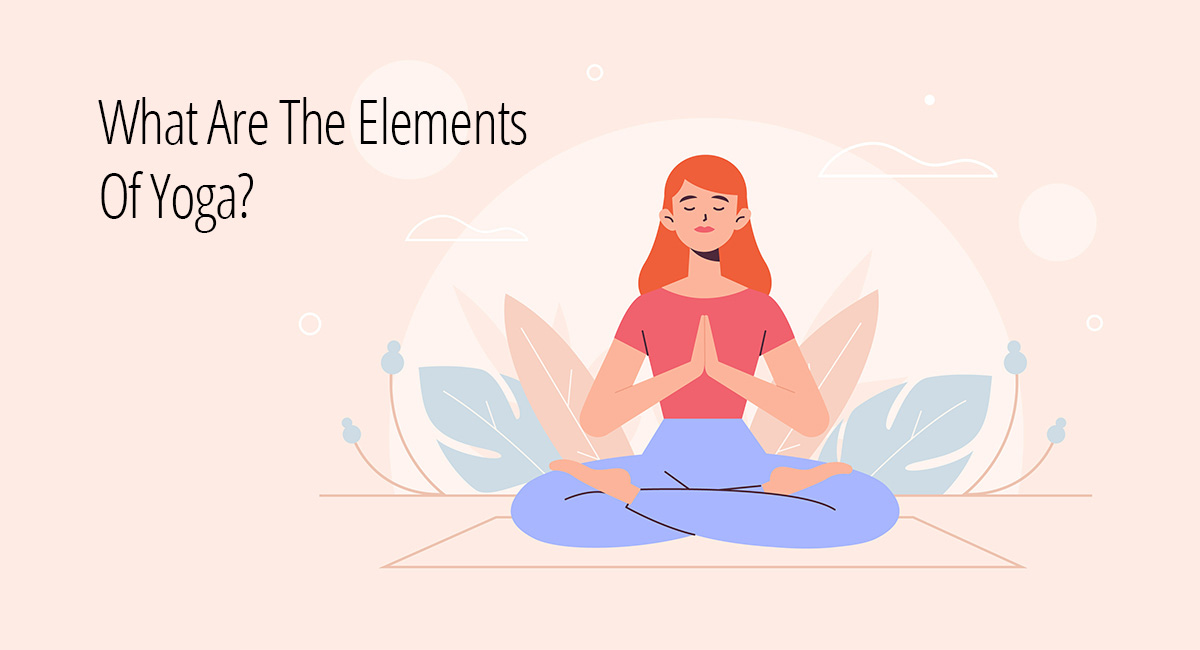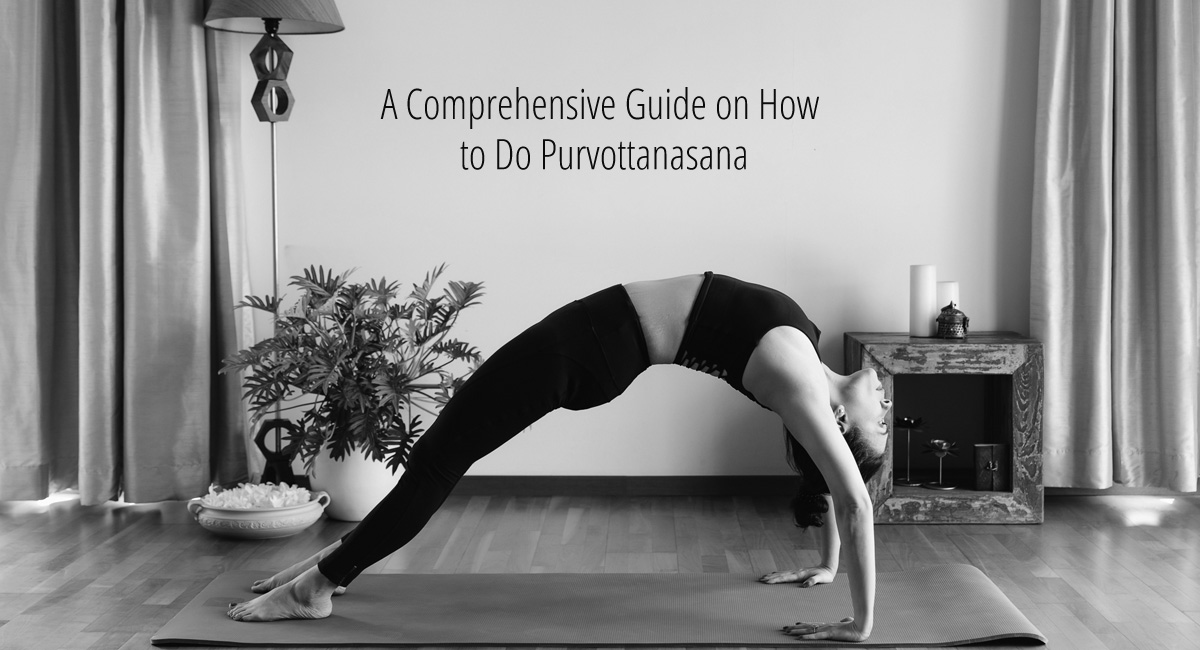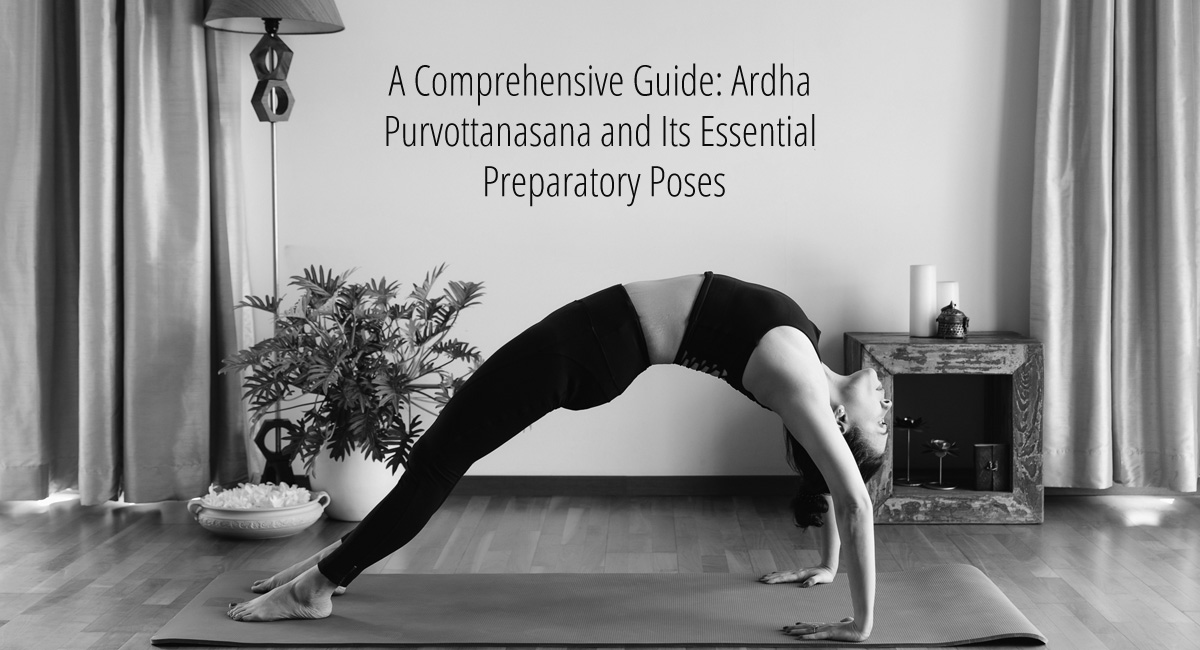
What Are The Elements Of Yoga?
Table of Contents
Yoga is an ancient Hindu practice that includes breath control, meditation, and the adoption of specific bodily postures. It is widely practised for its health benefits and is also considered to aid mental peace and relaxation. Over the years, Yoga has increasingly garnered global attention, and people from all over the world practice and teach Yoga.
However, what is lesser known is Yoga’s close link with universal rules for respect for life, truth, and patience — all of which are essential aspects in taking a peaceful breath, maintaining mental tranquilly, and maintaining a solid will. These are known as Elements of Yoga.
The Elements of Yoga, are considered to be like scripture or bible for Yoga, which is treated as a way of life. These scriptures date back to almost 2000 years, where an eight-limbed process is described as a means of reaching the goal known as Ashtanga Yoga.
It is believed that Ashtang Yoga helps us regulate our minds to achieve a level of freedom from overthinking and preconceptions, allowing us to view reality for what it is rather than what our minds make it out to be.
8 Elements Of The Yoga
Here we take a deep dive into the eight elements of Yoga:
1. Yama:
Yama details the outlook a yogi should adopt towards his/her life. Yamas are yogic ethical precepts, a collection of actions designed to assist a yogi in becoming a moral being, a person with strong ideals to live by. The Yama expects to abide by the values suggested in order to attain a sense of a higher living being.
The Yama is divided into five categories:
- Non-violence
- Truthfulness
- Non-theft
- Sexual moderation
- Detachment
2. Niyama
Niyama translates to rules in Sanskrit, and are a kind of rule prescribed for a yogi. Niyamas help in building the values of self-discipline, willpower, determination, and trust in oneself and one’s path. There are a total of five Niyama:
- Purity
- Contentment
- Austerity
- Self-study
- Surrender
3. Asana
Most of us would be familiar with the concept of Asana. These are the physical postures that one adopts while practising Yoga. Each Asana is expected to help you stretch and relax certain parts of the body. These Asanas are also linked to easing or curing various ailments or promoting growth. For example, Tadasana is linked to height growth in younger children. However, according to the scriptures, each asana is supposed to be practised with a specific attitude.
4. Pranayama
A sort of yogic breathing exercise known as pranayama is used to prepare yogis for meditation. Pranayama has several advantages and beneficial impacts on both the body and the psyche. To begin with, pranayama aids yogis in improving their breathing patterns. Second, pranayama allows more oxygen to reach the brain, which improves its functions, particularly its ability to stay alert and focused (for meditation and introspection). It assists a person in being more mindful of their breath, body, and mind, resulting in increased self-awareness.
5. Pratyahara
Translated as the ‘withdrawal of the senses,’ the state of Pratyahara, is a state of being completely aware of the present moment. It is a state in which the yogi is absolutely living in the present moment, completely concentrated and absorbed in one’s activity. It is similar to what artists or writers call “the flow” wherein the person’s mind is present in the work that they are doing, and is completely focused on thoughts and physically. In this state, the yogi is absolutely devoid of distractions.
6. Dharana
Dharana is a single-pointed concentration technique. Dharana is a mental fixation in which the flow of awareness is directed only towards one object (internal or external) and remains there for an extended period of time. This form of mental focus should be unbroken and unaffected by any other mental processes. As you might expect, Dharana requires years of effort and dedication for the majority of us, however, some people are born with a natural aptitude to concentrate. Some people may develop this form of focus as a result of their job.
7. Dyana
In recent years, meditation has taken the center stage, and people are now beginning to realise the mental and physical benefits of practising meditation. Dyana is a meditation technique that is intended to calm and control the mind by limiting its activity and achieving a state of intense concentration, focus, and eventually – self-awareness. When the mind is entirely silent and no mental activity distracts a yogi, a state is attained in which one can tap into one’s essence beneath all of the layers and layers of conscious and subconscious mental representations that must be removed. Meditation isn’t something you do; it’s something that happens when all of the necessary conditions are satisfied.
8. Samadhi
Samadhi is often used in relation to famous saints or yogis who took Samadhi. It is a difficult topic to explain and is a form of hibernation that the yogi practices while giving up on most worldly pleasure. It is one of the most enigmatic, misunderstood, and misrepresented aspects of the yoga journey. It is undeniably something that is absolutely individualised in terms of how one might experience and explain it in its early phases. As a result, there’s a lot of confusion. It’s a state that goes beyond words and mental notions. This is why metaphors, poetry, and art have proven to be the most effective means of describing samadhi.
The elements of Yoga, are a means to describe the lifestyle and moral values that a yogi must accept in order to walk on this path. In practice, it is extremely difficult and requires both commitment and dedication, to adopt and adapt according to this lifestyle.
However, we would like to help you attain a more balanced healthy life. Visit our website mrunalpawar.com and learn the art of finding balance and mindfulness through yoga.
Click here to join yoga classes or workshop online!

I am a Pune based artist, Kathak dancer, Dance Movement Therapist, and an avid Yoga practitioner/ teacher. I am also the Director at the Sakal Media Group, a Trustee of Pune Blind School and Nirdhar Trust.
Being a part of Sakal Media Group, with its strong foundation of service and ethical journalism, I am deeply committed in making this world a better place by pushing boundaries, giving opportunities to others, following my convictions, helping others make better choices and to tell powerful stories that will help reshape the world we live in.





